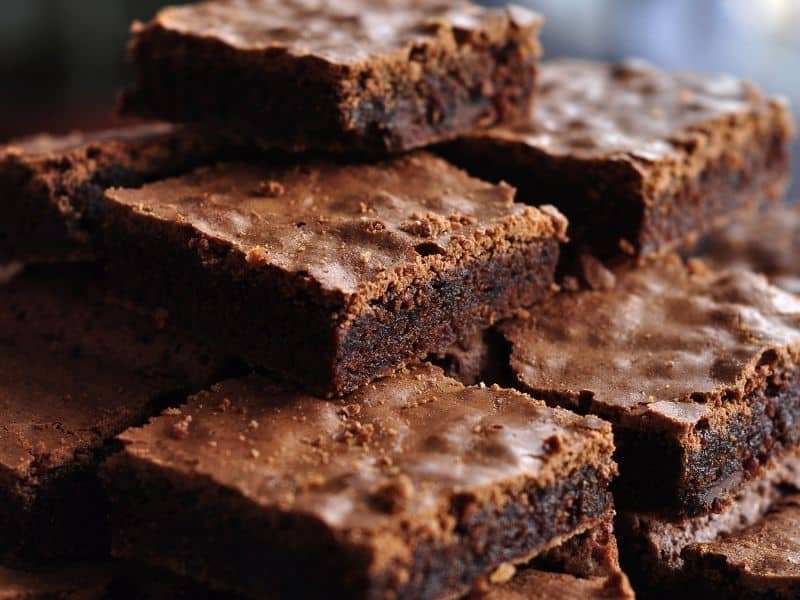Ever wondered how to bring a vibrant splash of color to your confectionery creations? Coloring white chocolate isn’t just an artistic expression; it’s a delightful way to enhance your culinary presentations. Whether you’re a professional pastry chef or a home baker, learning how to dye white chocolate can be a game-changer for your desserts. Engage your senses and let’s dive into the world of hues where food coloring in white chocolate transforms the ordinary into the extraordinary.
As you prepare to color white chocolate, it’s crucial to use techniques that preserve the chocolate’s smooth texture while achieving rich, vibrant colors. In the upcoming sections, we’ll demystify the process and share valuable tips to ensure your success. Get ready to dazzle everyone with your next batch of beautifully colored treats!
Understanding the Basics of Food Coloring with Chocolate
When you’re looking to add a creative twist to your chocolate treats, understanding the essentials of food coloring chocolate basics is vital. Whether you’re aiming to make a festive treat or match a specific color theme, the foundational knowledge of chocolate coloring techniques can ensure you achieve vibrant and attractive results without compromising taste and quality. Below, delve into the world of safe chocolate dying methods to enhance your confections with confidence.
- Types of Food Coloring: Learn that water-based food colors can seize your chocolate, whereas oil-based, powdered, or gel food colorings are the best options for a smooth, even finish.
- Temperature Considerations: Know the critical temperatures at which chocolate remains in temper, keeping your colors vibrant without causing the chocolate to bloom or harden improperly.
- Pre-Mixing Techniques: Understand the importance of mixing your dyes thoroughly before adding them to the chocolate to prevent streaking and ensure consistent color.
- Health and Safety: Consider FDA-approved colorants and natural food dyes to ensure that your colorful chocolate is safe for consumption, especially for those with allergies.
- Color Mixology: Become familiar with basic color theory to mix dyes correctly and produce an array of shades that will take your desserts to the next level.
Remember, practicing these techniques in advance will help you become more proficient in the art of chocolate coloring, making your chocolaty creations not only delicious but truly aesthetic masterpieces.
Preparatory Steps to Color White Chocolate Successfully
Before diving into the vibrant world of coloring white chocolate, it’s vital to ensure that you have a solid foundation to work with. Preparing to color your chocolate might seem like an additional step, but this preparation lays the groundwork for a smooth and successful coloring experience. Proper preparation is a critical step, as it can affect both the texture and the appearance of your final product. To begin with, select a high-quality white chocolate that has a high cocoa butter content. This choice is key because higher cocoa butter content means the chocolate will melt evenly and incorporate the food coloring more readily.
Next, before you even think of adding a drop of dye, make sure that the white chocolate is tempered correctly. Tempering is the process of heating and cooling chocolate to stabilize it for making candies and confections. This step is essential for achieving the glossy finish and satisfying snap we all love in well-crafted chocolate. If you’re not familiar with tempering, it’s a process worth researching and practicing, as it makes a world of difference in the outcome of your colored chocolate creations. A well-tempered white chocolate will not only look better but will also prevent the colors from turning dull or streaky.
Finally, when it comes to the actual coloring step, your choice of food coloring is paramount. For chocolate work, oil-based or powder food colorings are your best options because they blend into the fat content of the chocolate without seizing it, unlike water-based food colorings which can ruin the consistency of your chocolate. Start by stirring in a tiny amount of color and gradually adding more until the desired hue is achieved. Remember, it’s easier to add color than it is to remove it, so proceed with a light hand for the best results. Keep these chocolate coloring preparation tips at the forefront of your process as you prepare chocolate coloring, and you’ll be set to add delightful hues to your white chocolate with confidence and skill.
Source Links
- https://queen.com.au/learn-item/tutorial-how-to-colour-white-chocolate/
- https://www.wikihow.com/Color-White-Chocolate
- https://us.venchi.com/blog/how-to-color-white-chocolate










